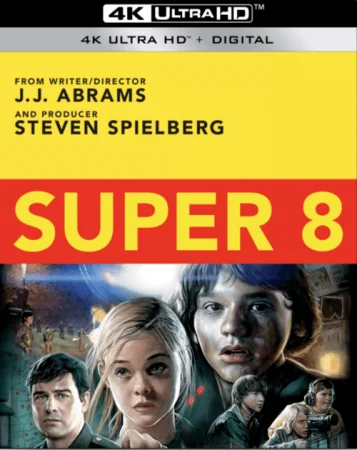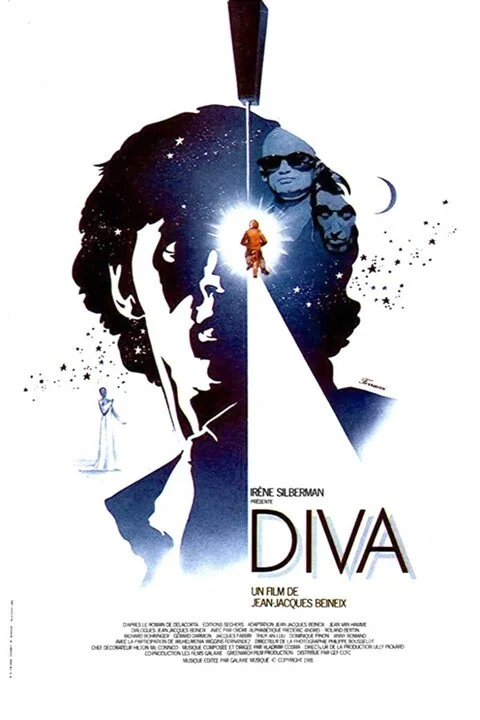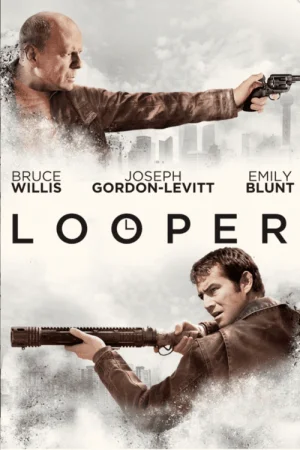Scum 4K 1979 Ultra HD 2160p
The film candidly depicts the realities of an English juvenile prison in the 1970s. The lives of teenagers are demonstrated through the stories of several of them: confrontations with guards and other inmates, humiliation, even torture, such as walking barefoot in the cold, working in the colony, and relationships between teenagers — or rather, young men who are almost adults.
User Review
There are topics that are rarely covered in cinema, but when they are, it is aptly done, because, with rare exceptions, only a strong personal interest can compel a director to take on an unpopular story. For example, in 2012, young director Sean Baker, based on his personal experience of interacting with representatives of a very controversial profession, the mere mention of which tears society apart, told viewers about the everyday life of a young porn actress, which is very different from the opinion formed by the media, the internet, and frequent appearances of such characters in supporting roles in second-rate crime series. But there are topics that cinema does not lack in depicting, and on the contrary, can even complain about an excess of, However, most of the films that cover this aspect of life, which society is very interested in and therefore demands entertainment that satisfies their craving, cannot boast of accurately capturing the essence of the problem, comprehensively exploring the issue, and, most importantly, mesmerizing realism. One such theme in cinema has traditionally been prison — it is not difficult to find a male actor who has not at least once held a prop depicting a sharpened object and portrayed a dangerous criminal who has finally fallen into the clutches of the justice system. Most films about the prison system contradict themselves — first they tell you that such institutions are full of uneducated idiots, and then they play a complex chess game with them, where instead of pieces there are perfectly thought-out intrigues, or they claim that they are cold-blooded and emotionless killers, and then they play out a sensual melodrama with them, or, conversely, they try to convince you that they are just misunderstood souls, deprived of love and warmth, but a minute later, when the film needs to add some action, their fists come into play. One of the oldest and most classic attempts to truthfully and thoughtfully portray the prison system is Alan Clarke's work, most likely known to you as the director of the film Made in Britain starring Tim Roth, Scum, which tells the story of everyday life in a juvenile correctional colony.
In films about life in places of deprivation of liberty, more than in any other, it is very important to maintain a balance - if you go too far, the viewer will suspect you of manipulation and the use of clichés, but at the same time, if you don't go far enough, the viewer will lose faith in the reality of what is happening. The most important thing in such films is to understand how and in what quantities violence, including sexual violence, should be present on screen, since prisons are undoubtedly full of such situations. However, while most directors most of whom have no idea what really happens behind bars, present violence as the main problem in prisons, almost all real prisoners insist that their lives are like the movie Groundhog Day — an endless repetition of the same thing, and each new day is very difficult to distinguish from the previous one. In his film “The Scum,” Alan Clarke achieved what few others have, namely finding the perfect balance between depicting intriguing violence and boring reality. On the one hand, his film contains many violent and graphic scenes in which he shows no mercy to the minds the hearts and eyes of sensitive viewers, but on the other hand, his work illustrates the monotony of prison life very well. The director has no illusions about the origins of violence in prison—he presents it not as a cleverly devised scheme, but as what it really is: not very meaningful actions committed by a huge number of young men who are going through the worst periods of their lives in complete isolation. In Clark's work, it is presented as sudden flashes that fade as unexpectedly as they flare up, and then life goes on as usual.
The director managed not only to understand how to use violence effectively in his film, but also to do something that even those who make realistic films on the subject rarely bother with, namely, to show that prisons are not only filled with uneducated people who lack vivid personalities, but also with true thinkers who strive to learn something new every day and who can intelligently, yet clearly, explain the problems of modern prison systems, what people who find themselves in their chains are going through, and sometimes even how to fight it. Alan Clarke spoke not only about violence and a regime that suppresses all feelings and emotions, only reinforcing a person's awareness of their own insignificance, but also about the fact that even if you want to pursue education and self-development while in prison, it will be very difficult to obtain the necessary resources and materials from the prison administration. Thus, in just ninety-eight minutes of screen time, the director was able to highlight all the main elements and moments of life in prison—violence, suicide, the death of loved ones, loneliness, the indifference or hatred of prison staff, the monotony of daily life, racism, and the lack of psychological support. And despite the fact that more than thirty years have passed since the release of Alan Clarke's film, during which time much has changed in the prison system, his film remains a relevant and valuable work on the subject of what works in prisons and what does not.
Info Video
Codec: HEVC / H.265 (75.1 Mb/s)
Resolution: Native 4K (2160p)
HDR: Dolby Vision, HDR10
Aspect ratio: 1.66:1
Original aspect ratio: 1.66:1
Info Audio
#English: DTS-HD Master Audio 5.1
#English: FLAC 1.0
Info Subtitles
English SDH, French (Parisian).File size: 53.67 GB

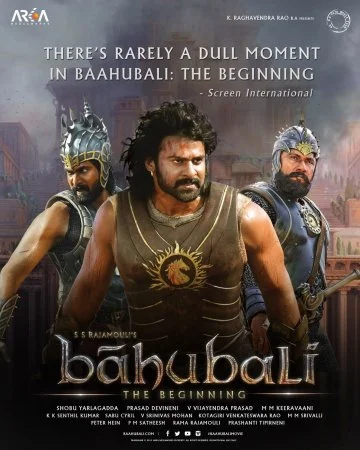

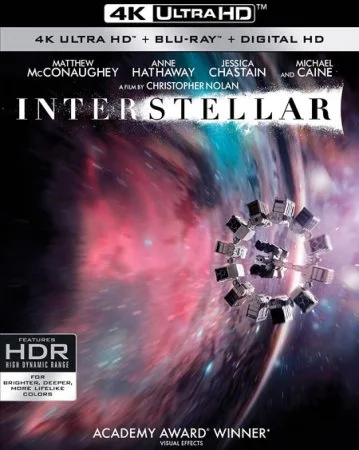




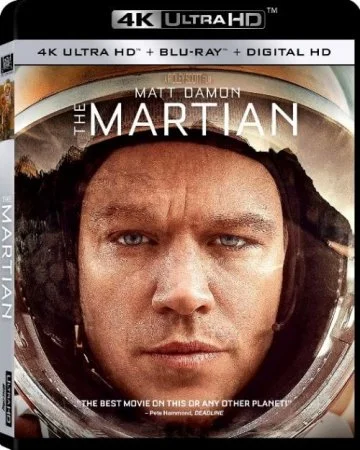
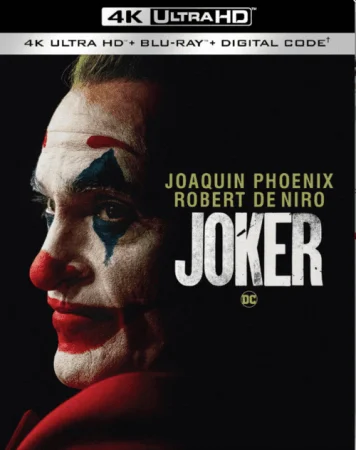
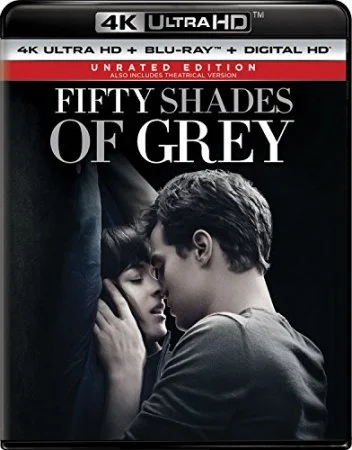


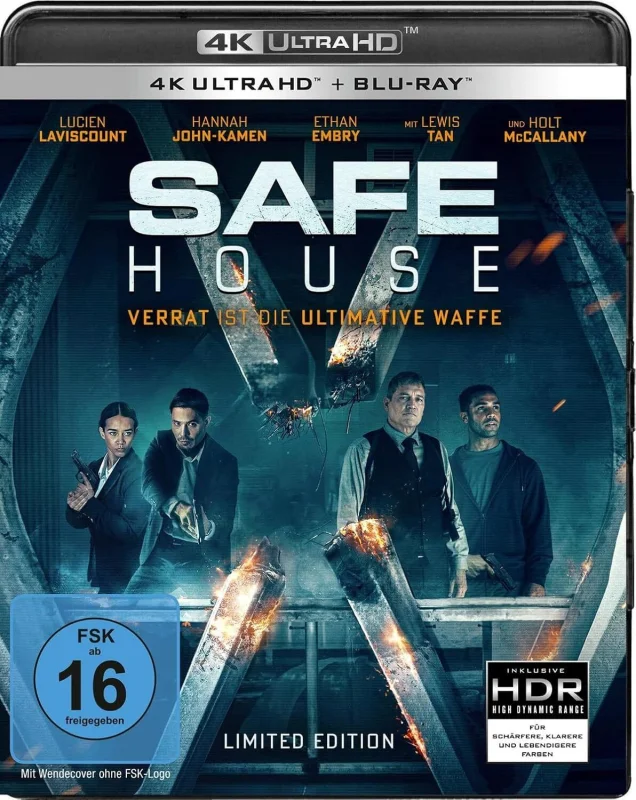





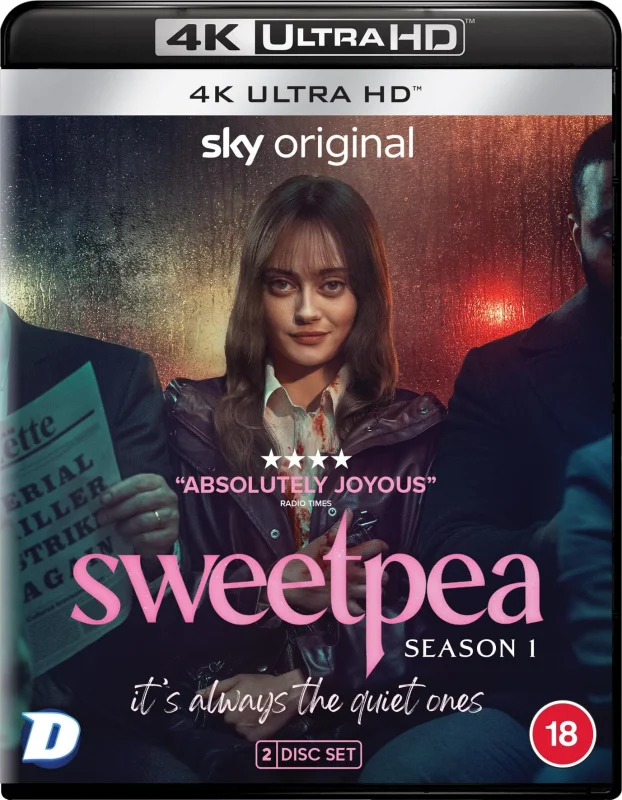

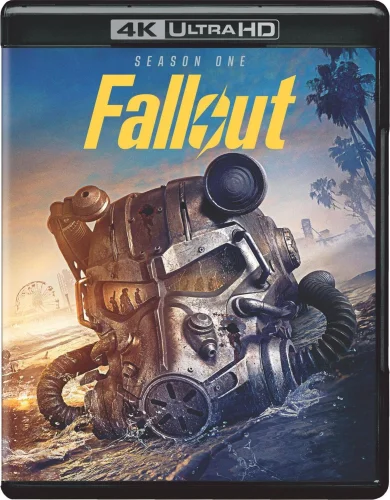
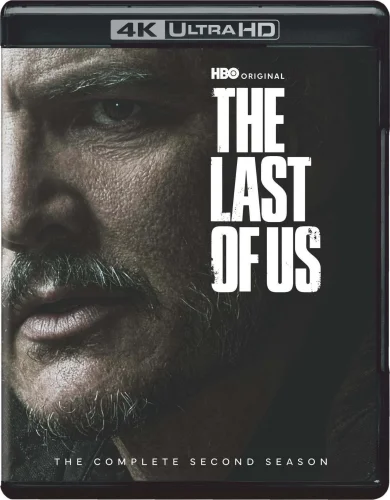
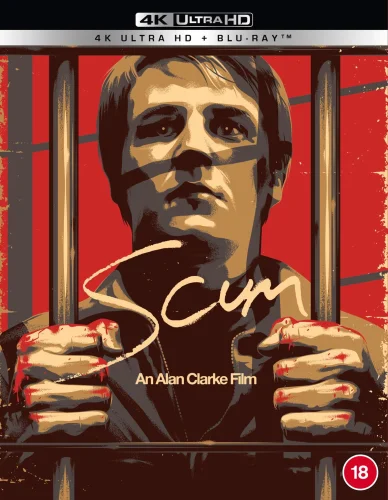
 Like
Like Don't Like
Don't Like